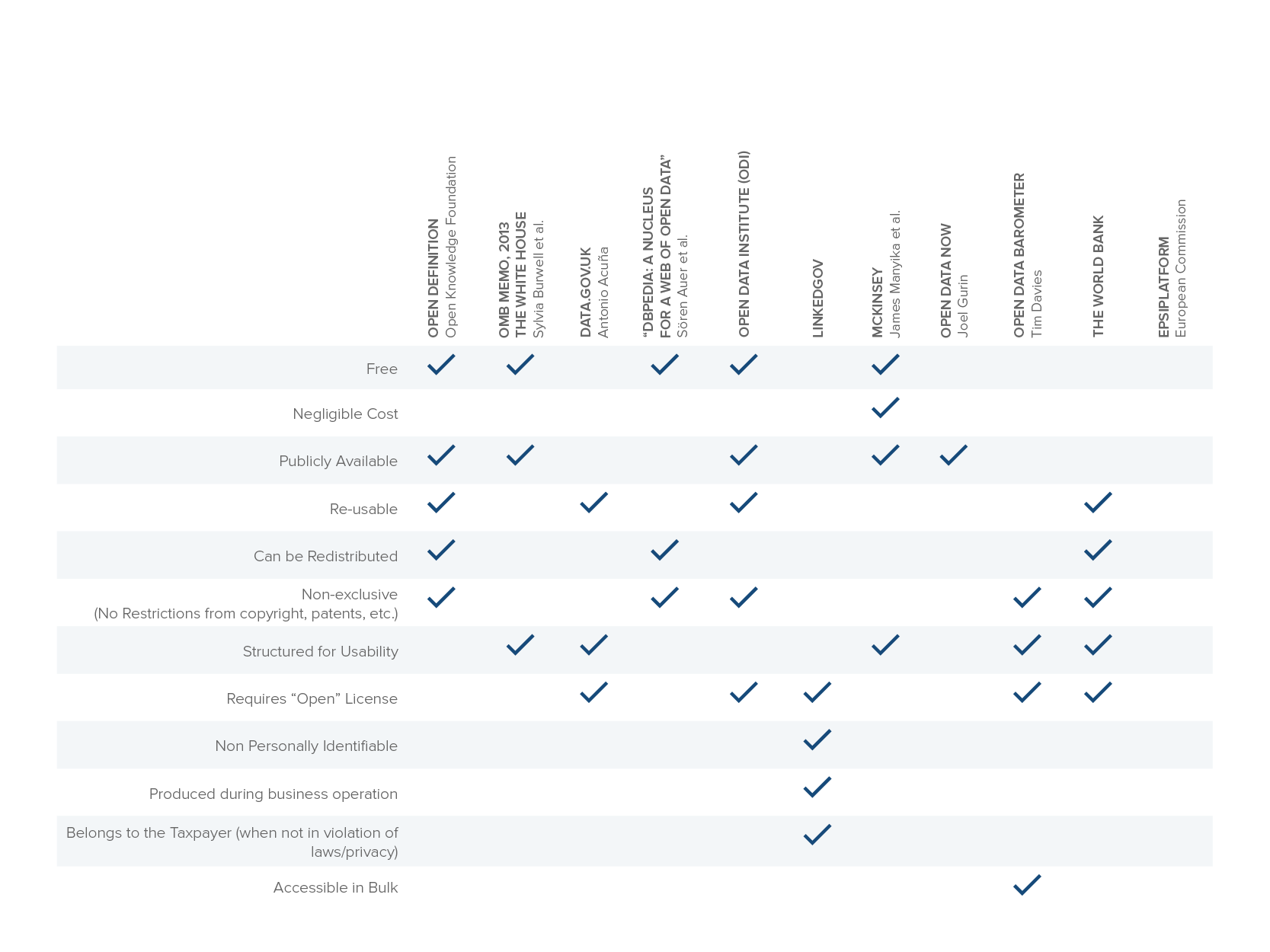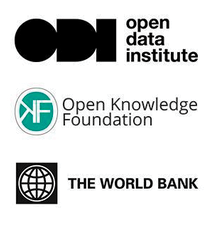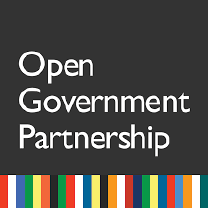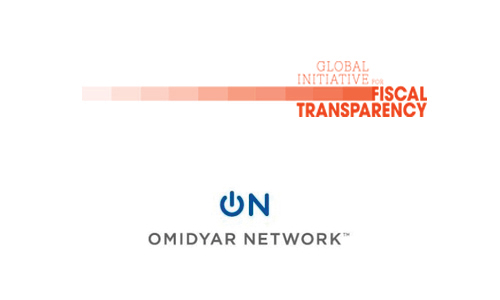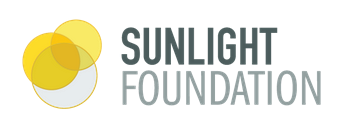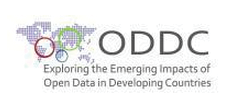1. ePSIplatform’s Cases
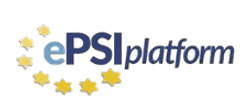
Who
ePSIplatform
What
A collection of examples on Public Sector Information (PSI) Re-use, with the main focus on Europe.
Number of Case Studies
221
Countries Covered
31 – Austria, Belgium, Bulgaria, Canada (2), Cyprus, Czech Republic, Denmark, Estonia, Finland, France, Germany, Greece, Ireland, Italy, Latvia, Lithuania, Luxembourg, Malta, Netherlands, New Zealand (1), Norway, Poland, Portugal, Romania, Slovakia, Slovenia, Spain, Sweden, Switzerland, United Kingdom, United States (1)
Contact
Phil Archer, W3C; Martin Alvarez-Espinar, CTIC; Daniel Dietrich, OKFN; Makx Dekkers (according to website)

